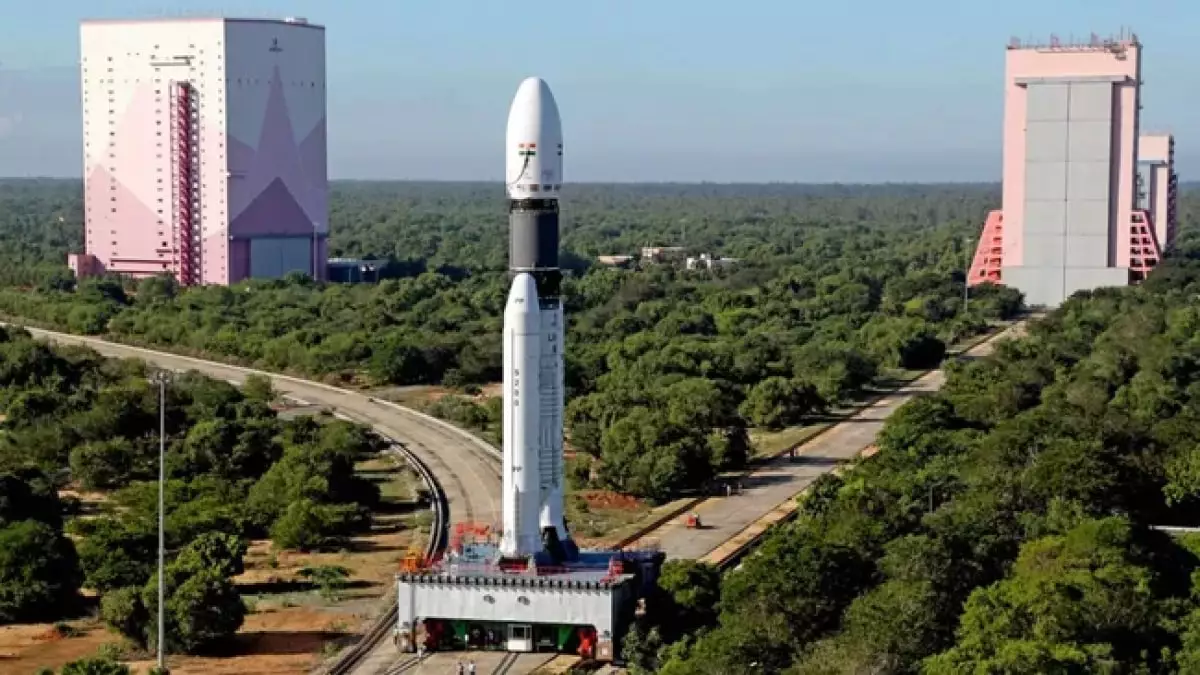India has officially postponed its first crewed spaceflight, part of the ambitious Gaganyaan programme, now slated for 2026. This delay, a year later than the initial expectations, underscores the Indian Space Research Organisation’s (ISRO) dedication to prioritizing safety, particularly in light of recent challenges faced by aerospace operations globally. ISRO Chairman S. Somanath’s announcement not only reflects a pragmatic approach but also echoes the universal truth in aerospace history: safety cannot be compromised.
Central to the Gaganyaan initiative is a series of experimental flights designed to rigorously test the technologies that will support human spaceflight. Preceding India’s first manned mission, multiple uncrewed test flights will pave the way, with the inaugural test flight, commonly referred to as G1, scheduled for December 2023. These preparatory missions are essential, as they will validate crucial systems including emergency protocols and recovery measures. The integration of a humanoid robot named Vyomitra is particularly noteworthy; this robot will simulate astronaut conditions, evaluating vital aspects like re-entry dynamics and parachute deployment.
Somanath emphasized the importance of drawing lessons from existing aerospace setbacks, such as those faced by Boeing’s Starliner. These incidents serve as stark reminders that even the most advanced technologies are susceptible to failures. By adopting a methodical and thorough testing regime, ISRO aims to mitigate risks and master the complexities of manned space travel. This proactive stance places India in a better position to join a select group of nations—namely the U.S., Russia, and China—that have successfully conducted crewed missions.
The readiness of the astronauts plays a pivotal role in mission success, and ISRO has invested considerable effort in preparing its crew. The training spans both domestic and international venues, providing comprehensive exposure and expertise. Among the astronauts is Shubhanshu Shukla, an Indian Air Force test pilot, who, alongside former NASA astronaut Peggy Whitson, intends to refine crucial skills in navigation and docking. His experience in a collaborative mission with Axiom Space at the International Space Station underscores the level of preparation involved.
A Strong Financial Commitment
In light of the ambitious objectives of the Gaganyaan programme, the Indian government has augmented its budget by 111 billion rupees. This financial backing is crucial, as it will facilitate the completion of testing and astronaut training. With all critical modules now being transferred to ISRO’s facility in Sriharikota, the organization is inching closer to realizing its goal of human spaceflight. This robust commitment from the government not only signifies its ambition to bolster India’s position in the global space community but also ensures that every aspect of the mission adheres to the highest standards of safety and efficacy.
India’s Gaganyaan programme represents a significant step forward in the realm of space exploration. By emphasizing systematic testing and comprehensive astronaut training, ISRO is laying a solid foundation for what could be a historic venture into crewed space travel. As the countdown continues toward the inaugural crewed flight, the focus remains firmly on safety and preparation, ensuring that India is poised to make its mark among spacefaring nations.


Leave a Reply